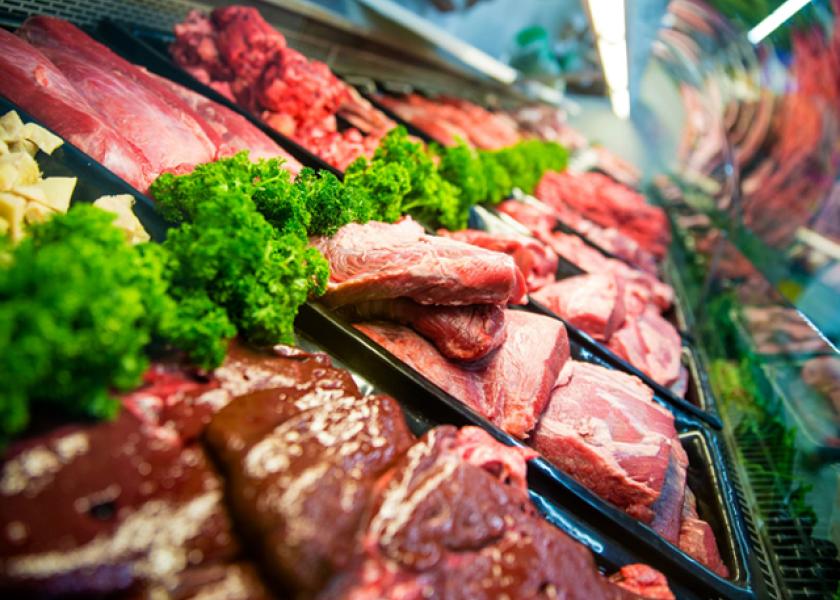Nalivka: The Direction of the Cattle Industry

Beef production will post a new record again in 2021 exceeding the 2020 record. However, 1) seasonally strong demand going into the summer grilling season, 2) bolstered by pent-up consumer demand as the economy opens, and 3) strong export demand all led to a surge in wholesale beef prices over the past 60 days. Prices have pushed toward the record levels reached in May and June 2020 as consumers rushed in panic to fill freezers in fear that meat supplies would run out. This entire situation is further worsened by a bottleneck in packing plants created by a tight labor situation in fabrication and further-processing.
Are we headed toward significant inflation in the meat case for a longer period of time? That depends on how well demand holds. I am not sure if consumers have truly felt these higher prices in the supermarket yet. The beef cutout has already peaked and fallen considerably over the past week. Again, we have not run out of beef.
Beyond price inflation, another issue is an imbalance in prices paid to feedlots for fed cattle – at least if you look at the negotiated cash price which represents less than 10% of the cattle traded every week. The problem is a rush to Congress for a legislative remedy. I worry!
Simply put, economic decisions are based on losing or making money (at least in the long run). And, an important economic concept with regard to the financial well-being of many industries, including the beef and pork industries is economies of scale. That is, the long run average cost curve for the business will decline as output increases. Consequently, all of this plays into market analysis, i.e., the cattle cycle, large-scaled packing plants, large-scale feedlots, and 1,000-head cow ranches versus 100-head cow ranches.
The drive to achieve economies of scale can, and often does, lead to consolidation and concentration. This is the market at work as businesses makes rational economic decisions and there are antitrust laws to monitor and regulate this activity. Do we need USDA to put a high priority on additional packing capacity? I don’t think so. That is a business decision that doesn’t need government and one that is already been made with plans to build new plants or upgrade existing ones. Imagine that! With the exception of the dollars involved, that decision is not much different than your decision to buy the neighboring ranch or build a new feedlot.
Over the past month, there have been many statements from U.S. Congressmen and Senators supporting legislation and regulations to intervene in the markets. Is this the right direction for the industry? The Chinese government also released a plan to support sharply lower hog prices in their country.







